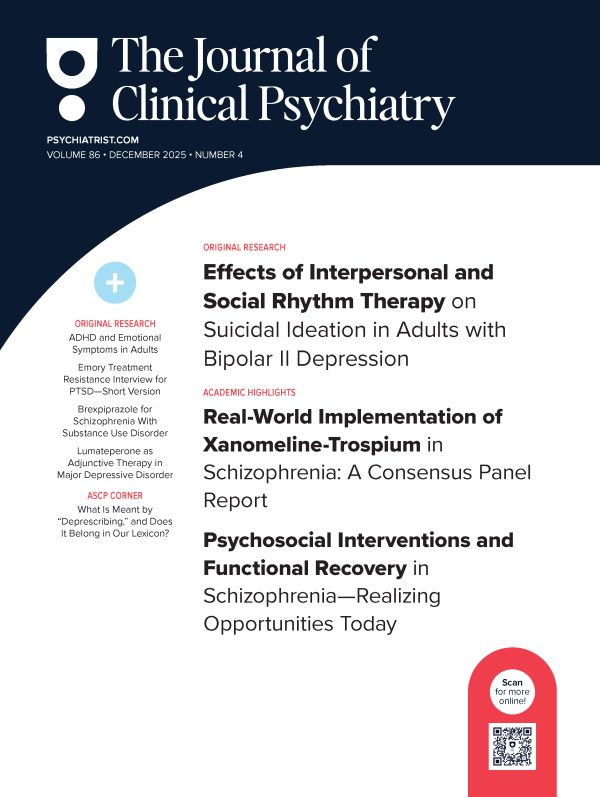Background: Our goal was to estimate the rate of positive screens for bipolar I and bipolar II disorders in the general population of the United States.
Method: The Mood Disorder Questionnaire (MDQ), a validated screening instrument for bipolar I and II disorders, was sent to a sample of 127,800 people selected to represent the U.S. adult population by demographic variables. 85,358 subjects (66.8% response rate) that were 18 years of age or above returned the survey and had usable data. Of the nonrespondents, 3404 subjects matched demographically to the 2000 U.S. Census data completed a telephone interview to estimate nonresponse bias.
Results: The overall positive screen rate for bipolar I and II disorders, weighted to match the 2000 U.S. Census demographics, was 3.4%. When adjusted for the nonresponse bias, the rate rose to 3.7%. Only 19.8% of the individuals with positive screens for bipolar I or II disorders reported that they had previously received a diagnosis of bipolar disorder from a physician, whereas 31.2% reported receiving a diagnosis of unipolar depression. An additional 49.0% reported receiving no diagnosis of either bipolar disorder or unipolar depression. Positive screens were more frequent in young adults and low income households. The rates of migraine, allergies, asthma, and alcohol and drug abuse were substantially higher among those with positive screens.
Conclusion: The positive MDQ screen rate of 3.7% suggests that nearly 4% of American adults may suffer from bipolar I and II disorders. Young adults and individuals with lower income are at greater risk for this largely underdiagnosed disorder.
Members Only Content
This full article is available exclusively to Professional tier members. Subscribe now to unlock the HTML version and gain unlimited access to our entire library plus all PDFs. If you’re already a subscriber, please log in below to continue reading.
Please sign in or purchase this PDF for $40.00.
Already a member? Login





